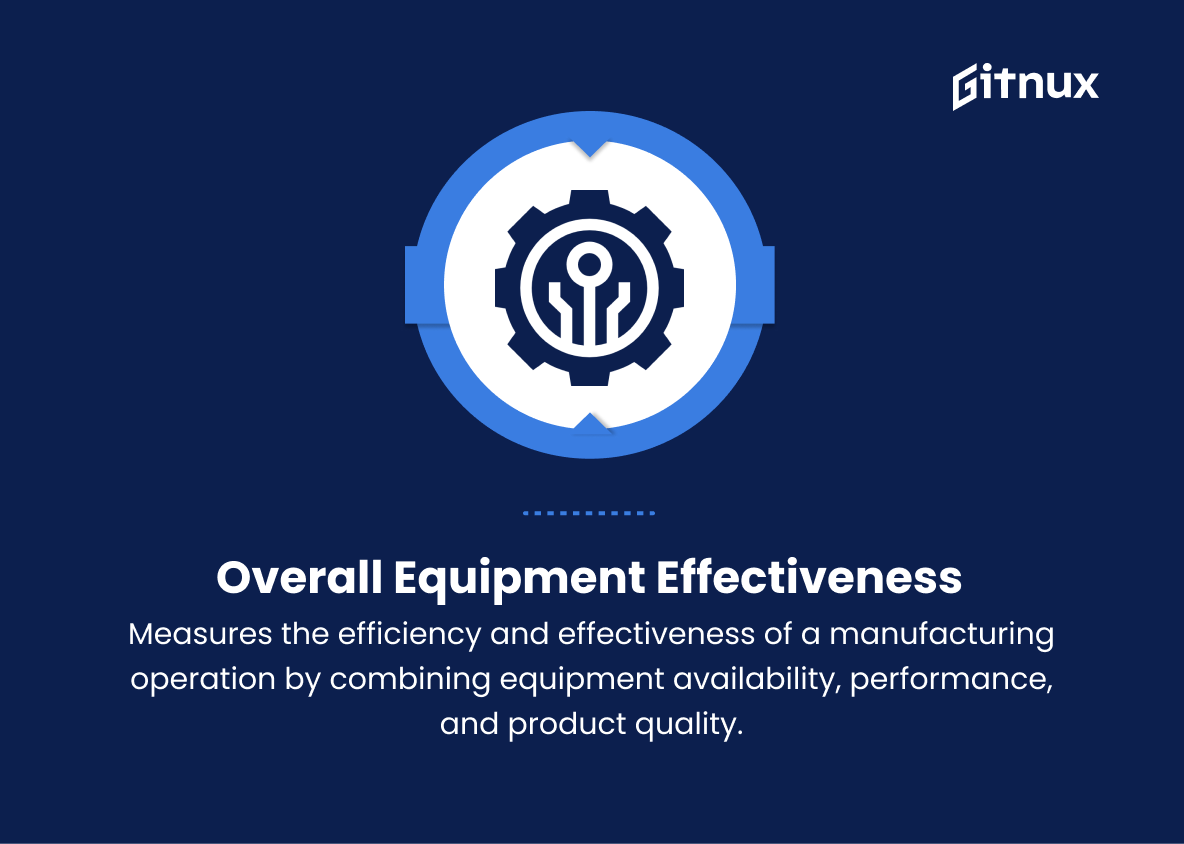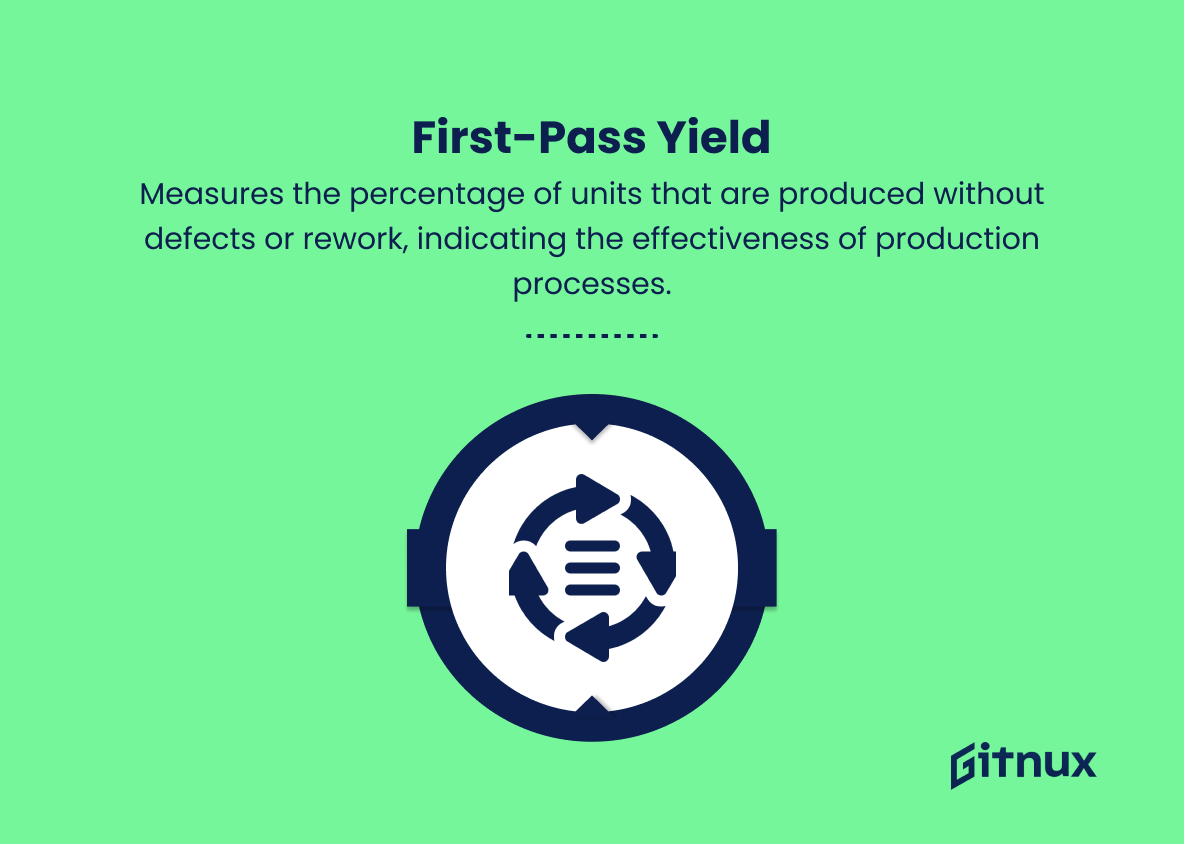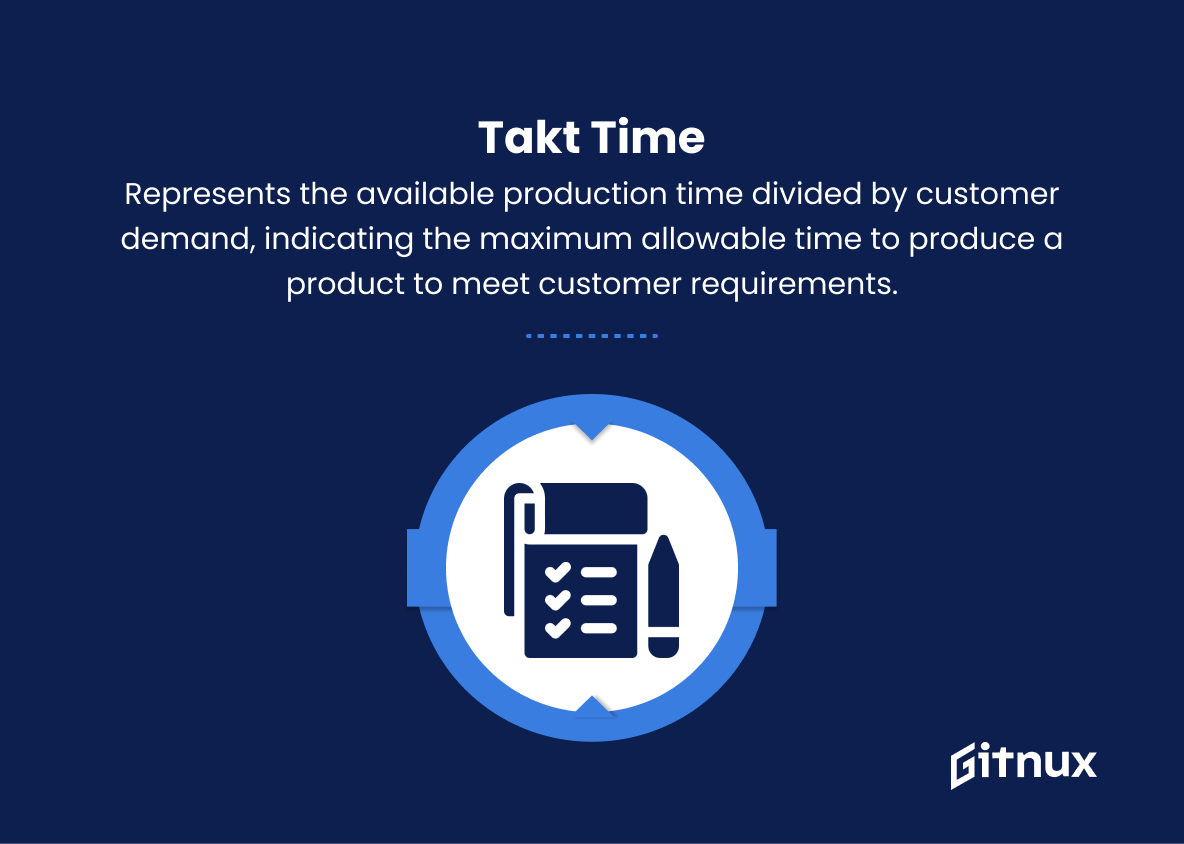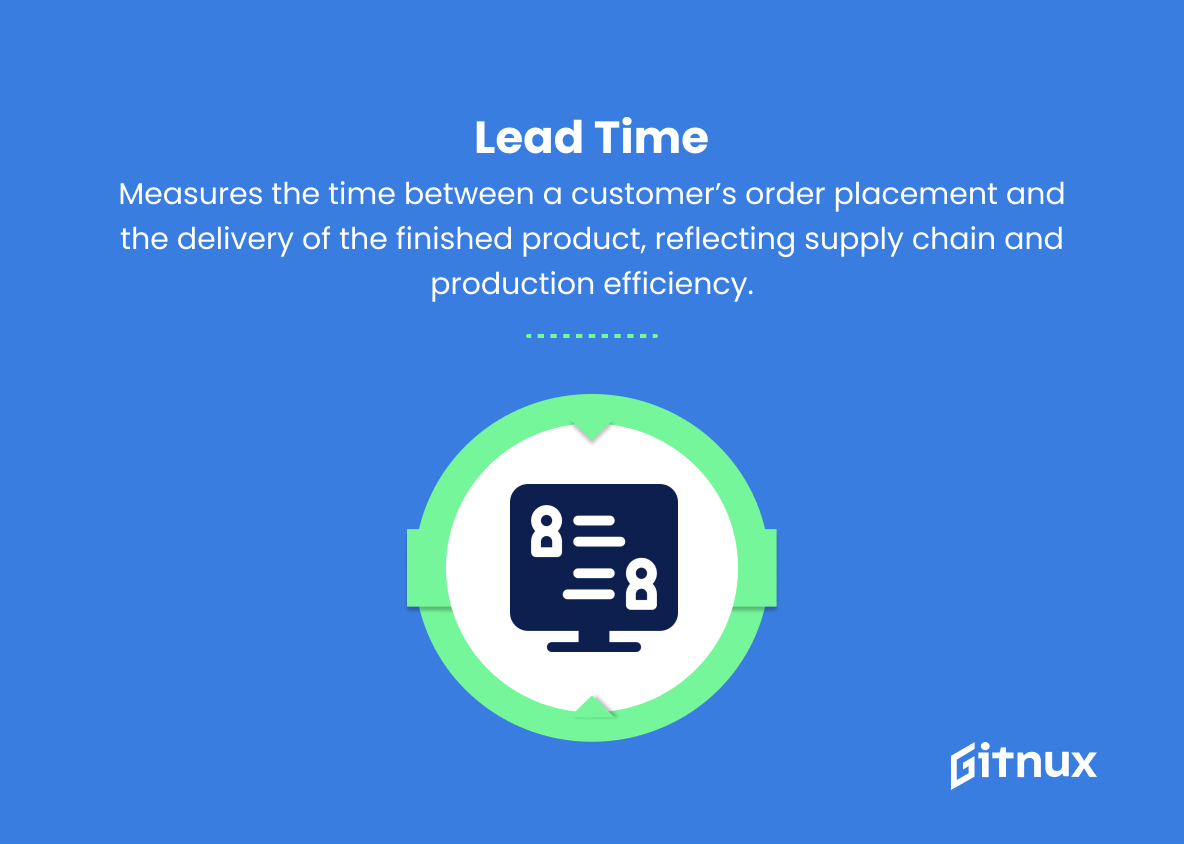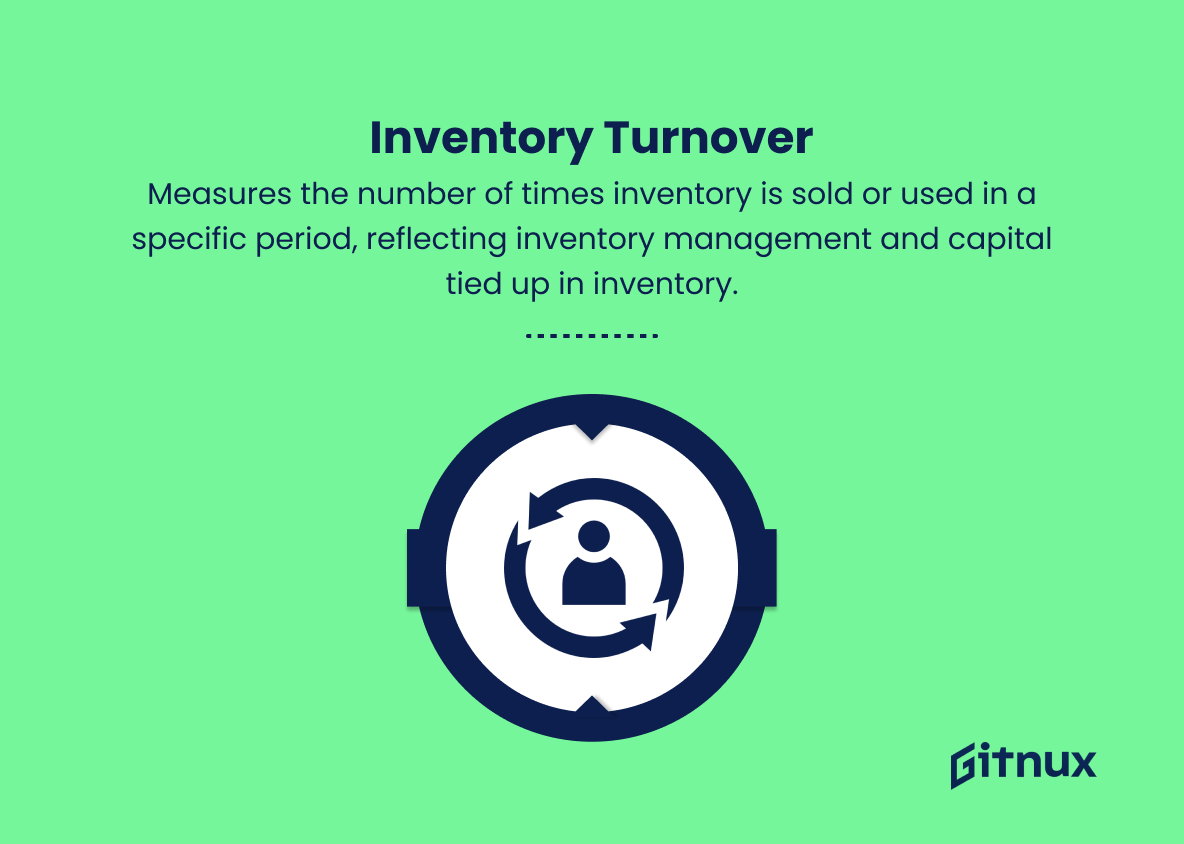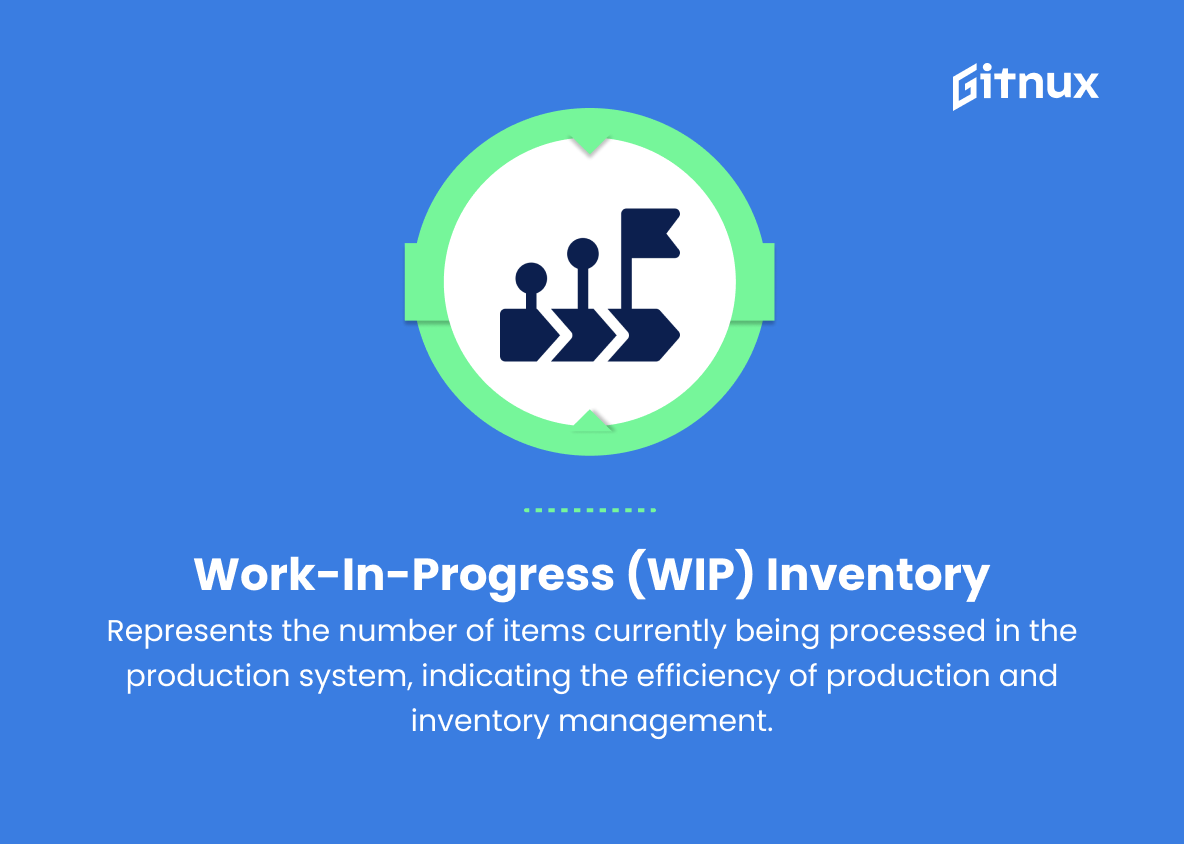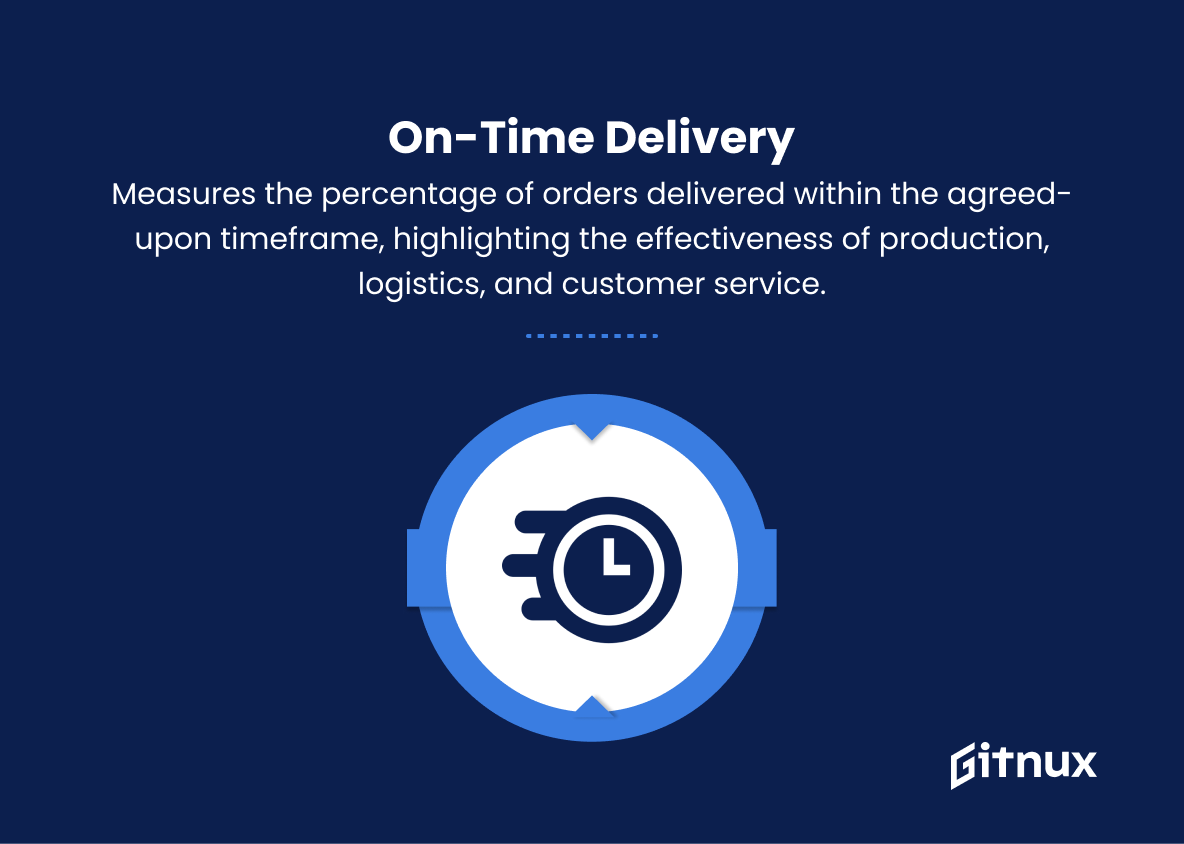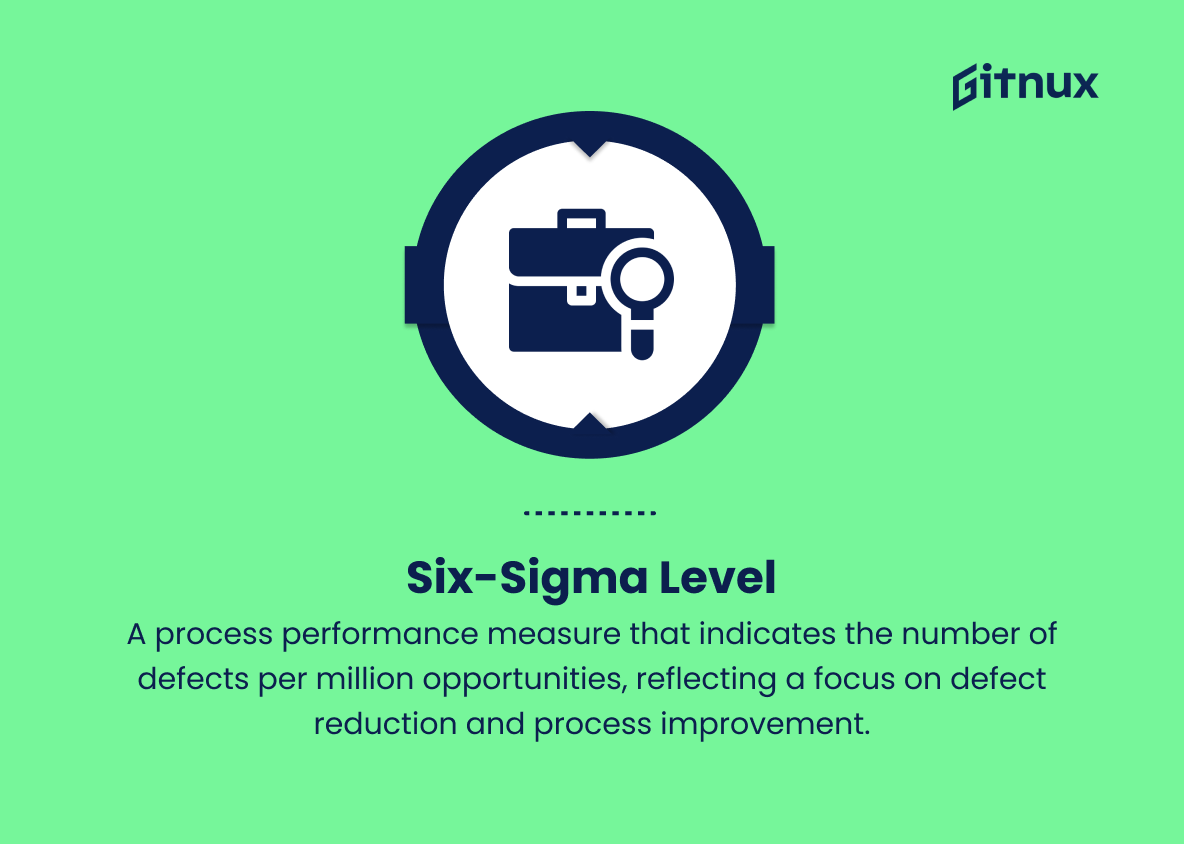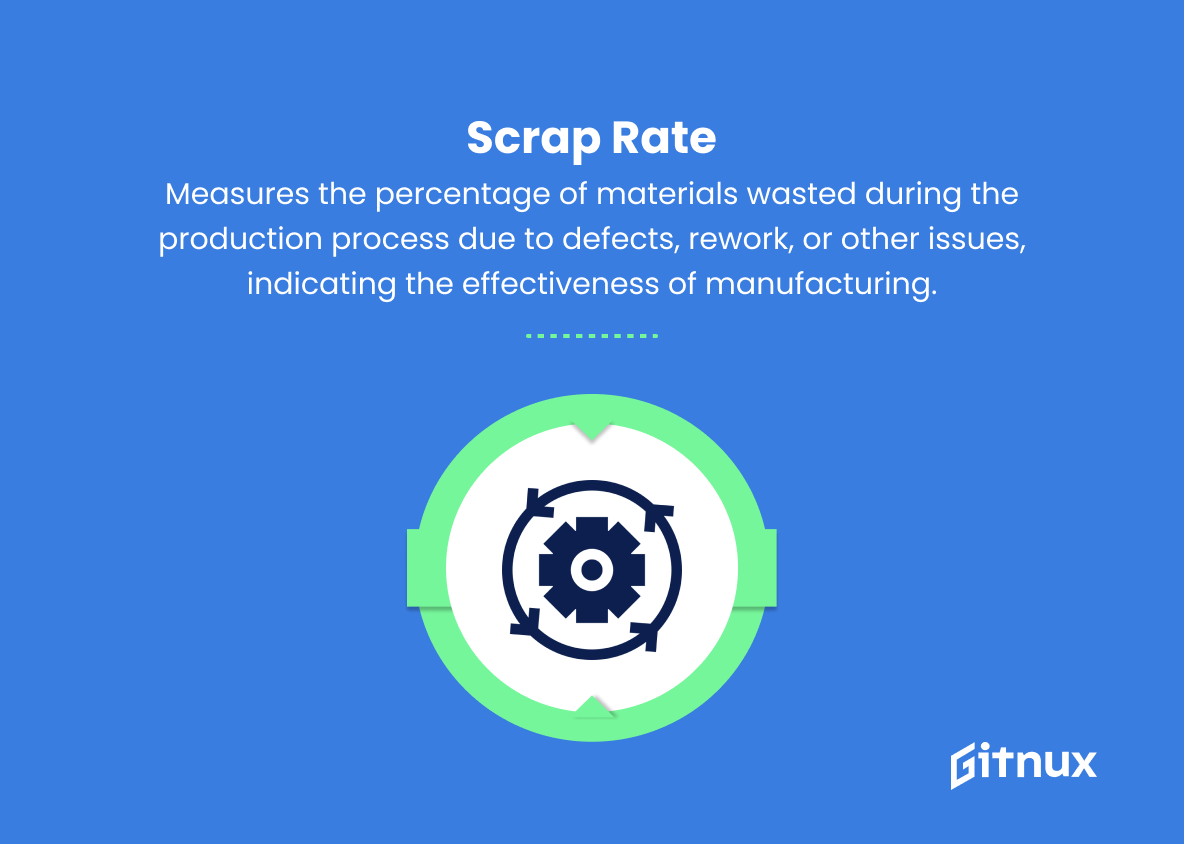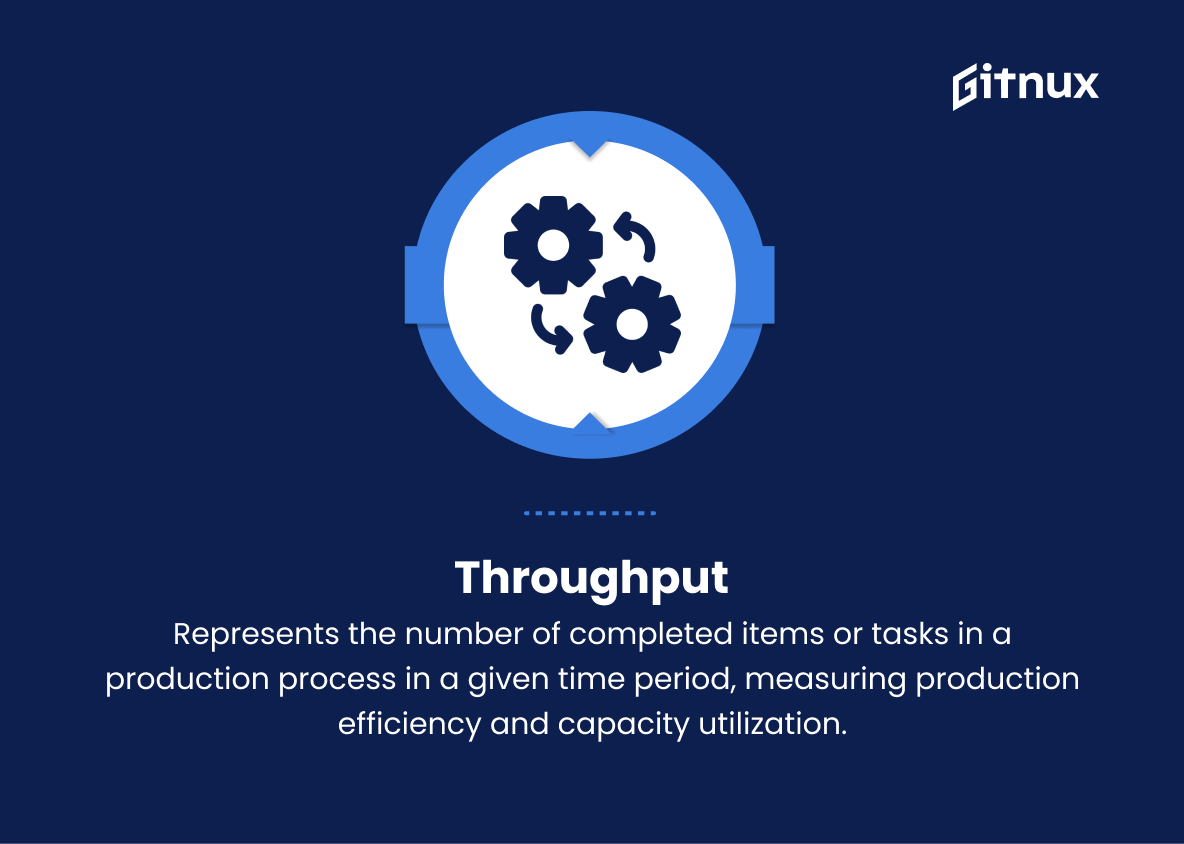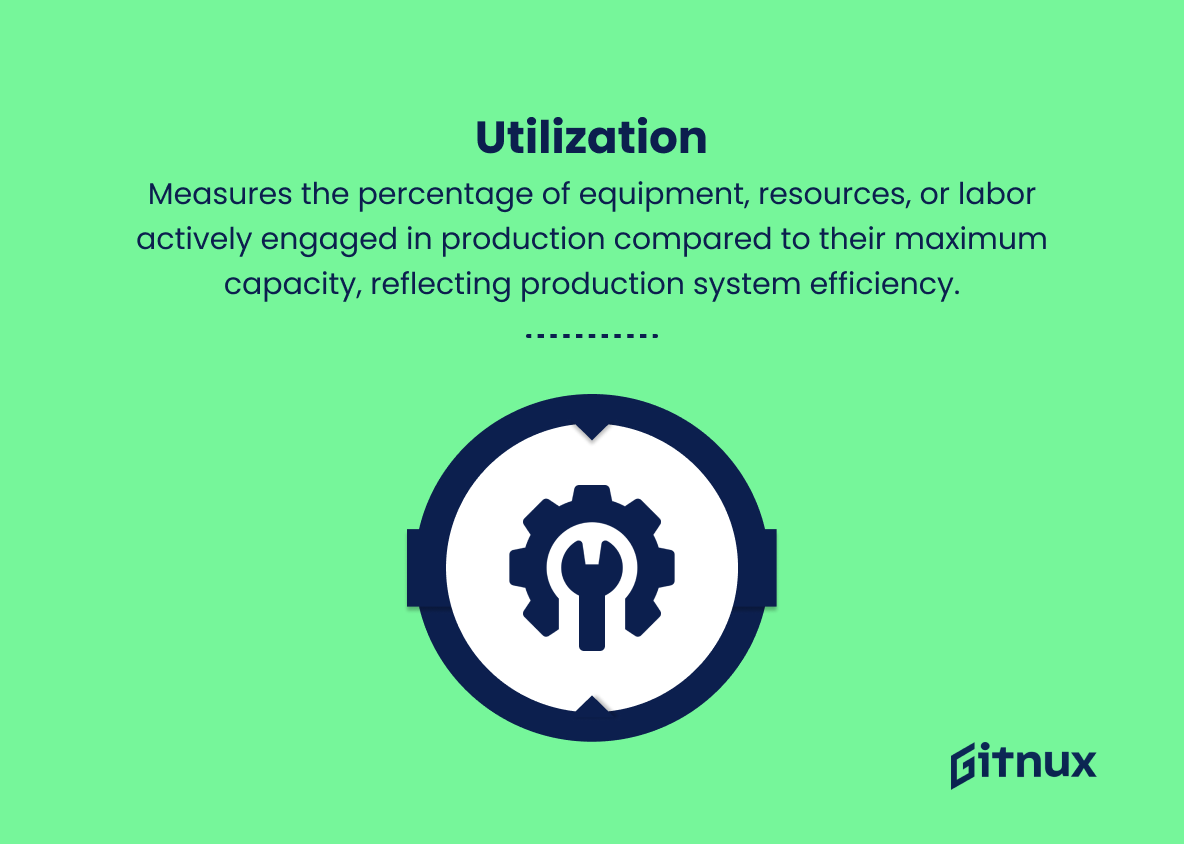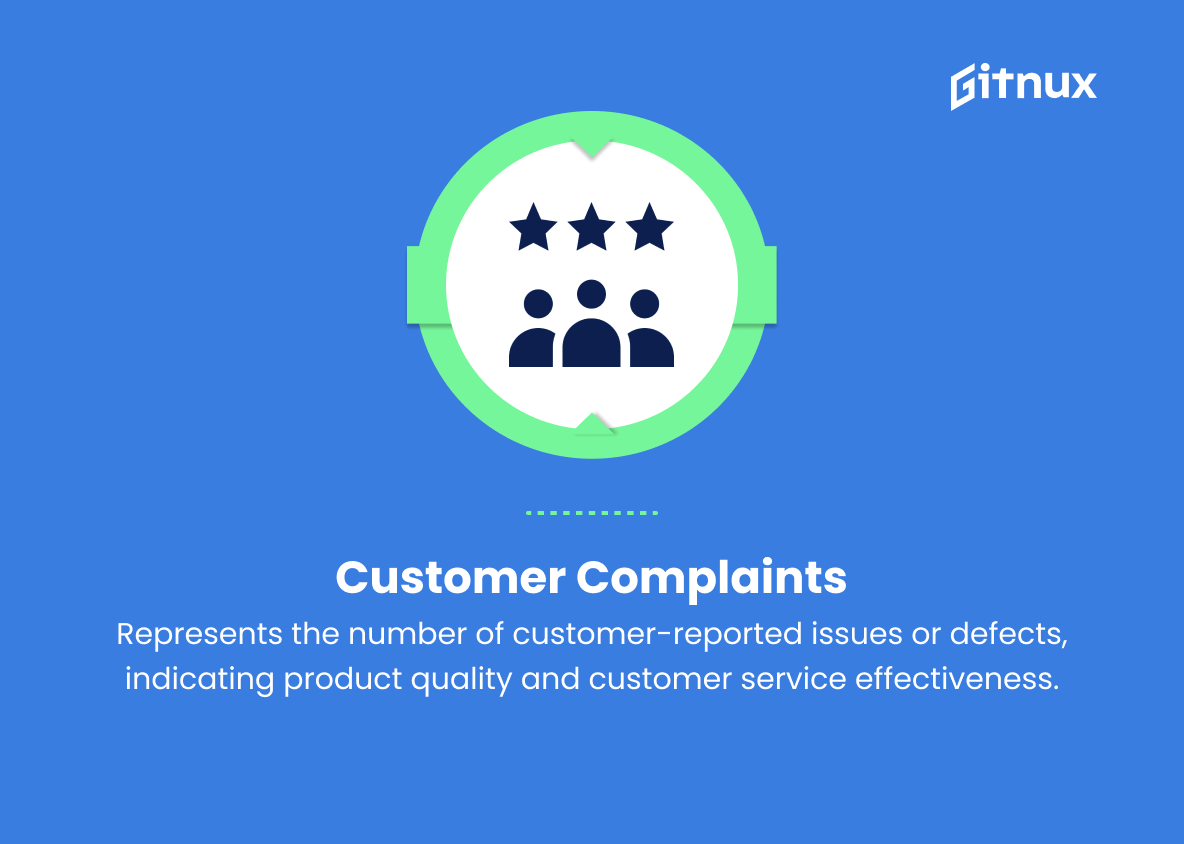In today’s competitive and fast-paced business landscape, it is crucial for organizations to consistently evaluate their processes and strategies, ensuring that they are streamlined, efficient, and agile. One pivotal approach that has emerged over the years is the concept of Operational Excellence. This powerful management philosophy drives companies to optimize their practices and remain ahead of the game, all while maintaining a robust focus on customer satisfaction.
In this insightful blog post, we will delve into the world of Operational Excellence Metrics – the quantifiable yardsticks that help organizations gauge their performance, identify opportunities for improvement, and ultimately, achieve greater heights of success. Join us as we unpack these key indicators, discussing their significance, exploring real-world examples, and offering valuable insights that businesses across industries can readily adopt to enhance their operations and foster long-term growth.
Operational Excellence Metrics You Should Know
1. Overall Equipment Effectiveness (OEE)
Measures the efficiency and effectiveness of a manufacturing operation by combining equipment availability, performance, and product quality.
2. First-pass yield (FPY)
Measures the percentage of units that are produced without defects or rework, indicating the effectiveness of production processes.
3. Downtime
Measures the time a machine or system is unavailable for production due to failures, maintenance, or other issues, which impacts productivity and capacity utilization.
4. Takt time
Represents the available production time divided by customer demand, indicating the maximum allowable time to produce a product to meet customer requirements.
5. Cycle time
Represents the total elapsed time between the start and completion of a process or task, which indicates manufacturing process efficiency.
6. Lead time
Measures the time between a customer’s order placement and the delivery of the finished product, reflecting supply chain and production efficiency.
7. Backlog
Represents the number of customer orders received but not yet fulfilled, indicating the workload and capacity utilization of a production system.
8. Inventory turnover
Measures the number of times inventory is sold or used in a specific period, reflecting inventory management and capital tied up in inventory.
9. Work-in-Progress (WIP) inventory
Represents the number of items currently being processed in the production system, indicating the efficiency of production and inventory management.
10. On-time delivery
Measures the percentage of orders delivered within the agreed-upon timeframe, highlighting the effectiveness of production, logistics, and customer service.
11. Six-sigma level
A process performance measure that indicates the number of defects per million opportunities, reflecting a focus on defect reduction and process improvement.
12. Scrap rate
Measures the percentage of materials wasted during the production process due to defects, rework, or other issues, indicating the effectiveness of manufacturing and process control.
13. Throughput
Represents the number of completed items or tasks in a production process in a given time period, measuring production efficiency and capacity utilization.
14. Utilization
Measures the percentage of equipment, resources, or labor actively engaged in production compared to their maximum capacity, reflecting production system efficiency.
15. Customer complaints
Represents the number of customer-reported issues or defects, indicating product quality and customer service effectiveness.
16. Return on Investment (ROI)
Measures the financial return generated by operations or improvements, highlighting the value created by investments in operational excellence initiatives.
17. Cost of poor quality (COPQ)
Represents the financial cost incurred from producing defective products, including rework, scrap, and customer returns, which highlights opportunities for improvement in manufacturing processes, training, and materials management.
Operational Excellence Metrics Explained
Operational Excellence Metrics are crucial for evaluating and improving the efficiency of manufacturing and production processes, as well as overall business performance. Metrics such as Overall Equipment Effectiveness (OEE), First-pass yield (FPY), and Downtime play essential roles in determining the effectiveness of the equipment, workflows, and resource management. Takt time, Cycle time, and Lead time are also significant as they provide insights into the speed and efficiency of production to satisfy customer demands. Moreover, metrics like Backlog, Inventory turnover, Work-in-Progress (WIP) inventory, and On-time delivery reveal valuable information on capacity utilization, inventory management, and the ability to deliver products within agreed timeframes.
Six-sigma level, Scrap rate, Throughput, and Utilization are vital indicators of defect reduction, process improvement, and system efficiency, while Customer complaints provide insights into product quality and customer service effectiveness. Finally, Return on Investment (ROI) allows organizations to quantify the financial impact of operational excellence initiatives, and the Cost of poor quality (COPQ) highlights areas for improvement in manufacturing processes, training, and materials management. All these metrics combined contribute to a comprehensive understanding of a company’s operational health and areas for growth and enhancement.
Conclusion
In closing, Operational Excellence Metrics play a critical role in driving success for organizations across industries. By identifying the right performance indicators, establishing benchmarks, and continuously monitoring and improving processes, companies can achieve optimal efficiency and effectiveness. As we’ve discussed, a balanced approach integrating key financial, customer, process, and people-oriented metrics enables businesses to truly excel in the competitive marketplace.
Building a strong culture of performance measurement and continuous improvement will empower organizations to align their resources and deliver lasting value to customers, stakeholders, and employees. So, invest time and effort in identifying, tracking, and optimizing your Operational Excellence Metrics, and pave the way for sustainable growth and success.
